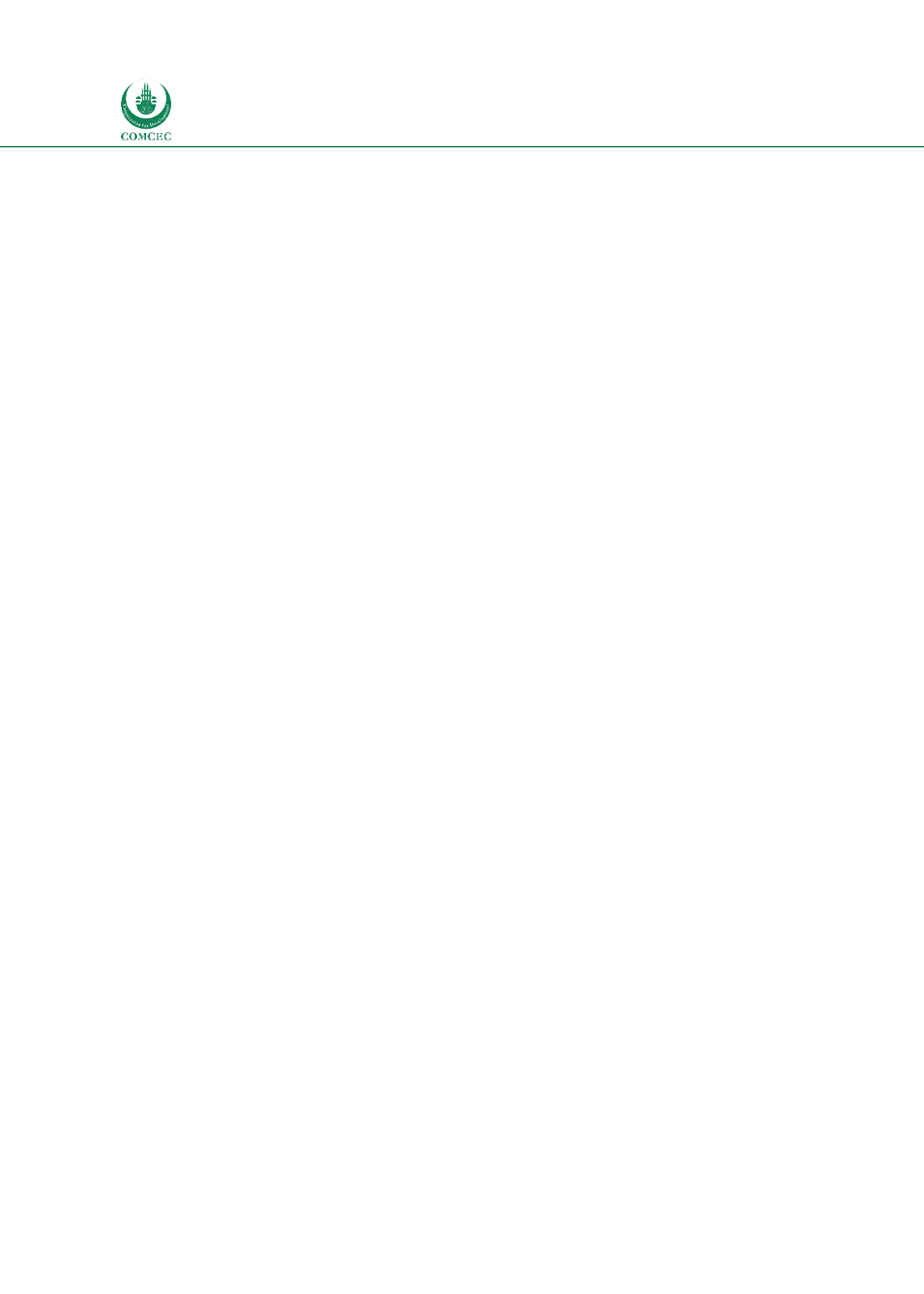

National and Global Islamic Financial Architecture:
Problems and Possible Solutions for the OIC Member Countries
138
KSE is also regulated by a separate Shari'ah Supervisory Board (SSB) which was established
based on the KSE Act of 1994. SSB comprises three members to be selected by the General
Assembly from Islamic Shari'ah scholars who have knowledge of financial transactions. SSB's
main role is to supervise and monitor KSE operations and ensure compliance with the
provisions of Islamic Shari'ah (KSE, 1994). Although the KSE Act of 1994 has been amended in
2015, no changes have occurred in all clauses related to the formation and the role of the SSB
(KSE Act 2015).
All regulations related to Shari'ah supervisions for banks, takaful companies and KSE provide
the rules for SSBs at the organizational levels. These issues identified include ascertaining the
position of SSB in the governance structure, defining the role of SSB members, approving the
appointment of SSB members and the qualifications and minimum number of members in the
SSB.
4.10.4. Liquidity Infrastructure
CBOS regulates and controls the liquidity management framework through different tools and
arrangements. Banks are allowed to keep liquid assets of a maximum of 20% of the financing
portfolio in a form of any of CBOS's Ijarah Certificates (Shihab), Government Musharaka
Certificates (Shahama), Khartoum Oil Refinery Ijarah Certificates (Shama), and other
Government Institutions Sukuk (CBOS, 2015). With regards to the inter-bank market, CBOS
encourages banks to bring into being syndicates for financing productive sectors, keep
deposits and credit financing in both local and foreign currencies, the sale and purchase of
Sukuk and Investment Certificates, and dealing in foreign exchanges between banks. CBOS also
encourages banks to cooperate and coordinate together to unify their financing and exchange
rate policies, establish monetary funds for liquidity management, and to securitize their capital
assets, (CBOS, 2015).
Another important tool is the Liquidity Management Fund (LMF), which was established in
September 2014 as a special purpose vehicle (SPV) jointly owned by Sudanese lenders and
managed by the Financial Investment Bank. By establishing the fund, CBOS is no longer
involved in the daily liquidity requirements of the banks except as a lender of last resort.
Member banks are requested to put in capital a combination of a minimum 40% cash
contribution and 60% in a form of investment securities or Sukuk (Reuters, 2015). The latter
includes CBOS Ijarah Certificates (Shihab), Government Musharaka Certificates (Shahama) and
other investment Shariah compliant securities. These instruments are also used to manage
liquidity at the macro economy level through open market operations. The certificates are also
considered by CBOS as low risk, high profitability, can be presented as a first class guarantee
for obtaining credit financing from the banking system, and it can be quickly liquidated
through KSE directly or through agency companies operating in the KSE (IIFM, 2010). Basel 3
liquidity requirements have not yet been implemented in Sudan. However, the liquidity
management tools, namely the Liquidity Management Fund and CBOS and GICs, can be used to
fulfill the requirements of Liquidity Coverage Ratio (LCR) and the High Quality Liquid Assets
ratio (HQLA).
CBOS acts as the lender of last resort using two windows. First, the Liquidity Deficit Window
(LDW) is used to finance through mudarabah or investment deposit. In case the borrower's
bank has repaid the finance within seven days, it will be exempted from paying any profit to
CBOS. But if it exceeds the seven days, profit will be distributed between rabbulmal and
















